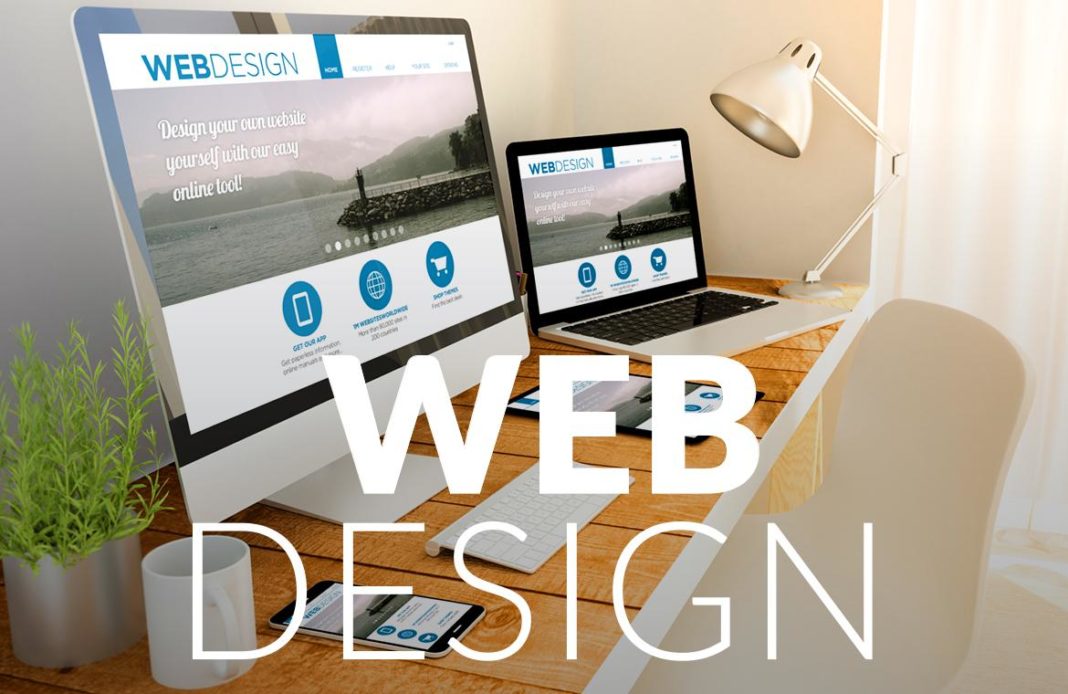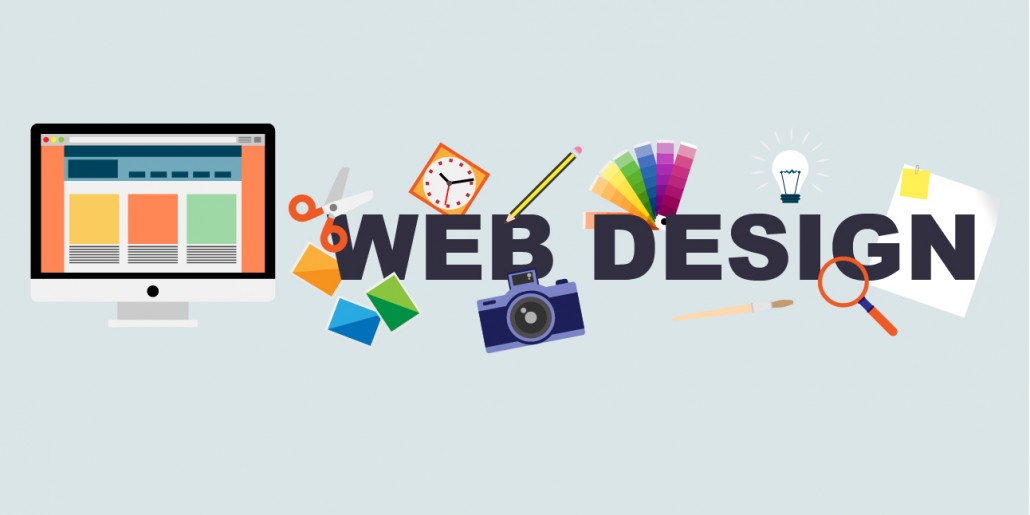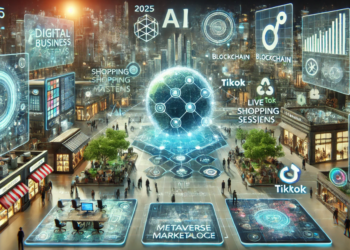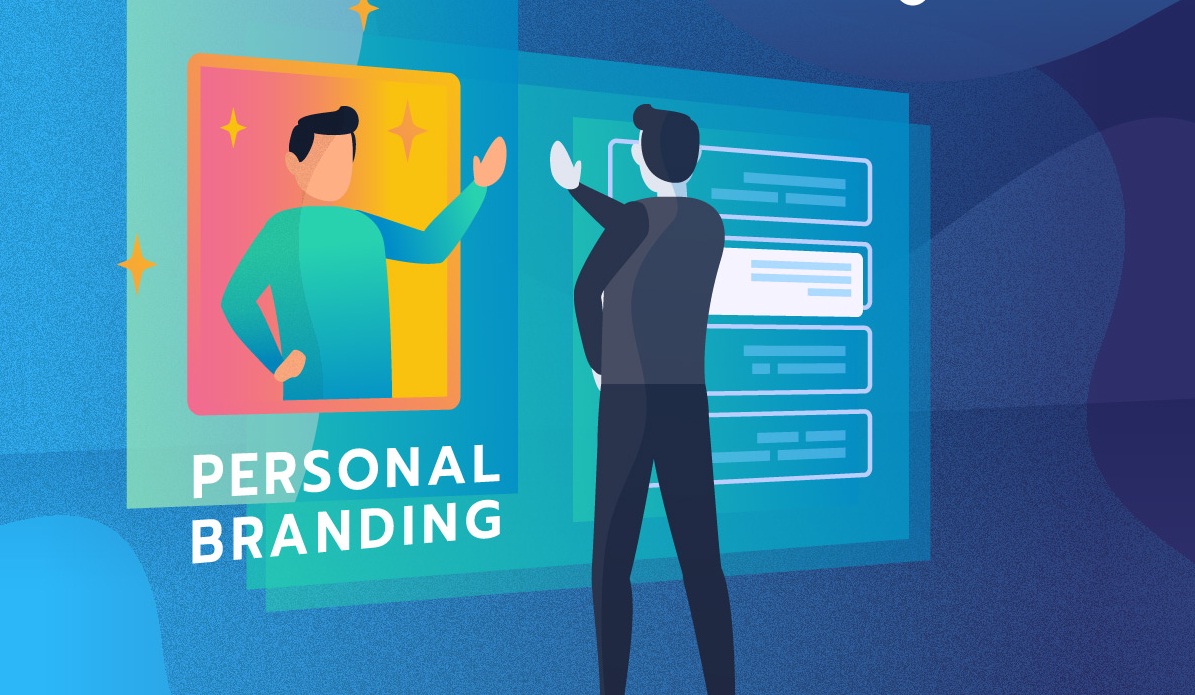Websites are gaining popularity with different types of websites emerging every day that cater to different industries. The concept of web design and development itself has been around since the launch of the website in 1990. This concept is defined more simply because back then website creation was a much simpler process than it is today.
If you compare the first website that appeared in 1991 to the modern website, you can see how far the web has come. Creating and maintaining a website today has become more complex and involves an entire ecosystem of roles and technologies. The web design process involves planning, conceptualizing, and organizing online content. Today, website design goes beyond aesthetics to encompass the overall functionality of the site.
Web design also includes the design of web applications, mobile applications, and user interfaces. Given that Internet users prefer to use the Internet on mobile phones rather than desktops, web designers must also consider this. Next, let’s find out what web design is and what are the important elements in making it.
Find out what web design is

Web design is about creating the overall look and feel of a website when you use it. It is the process of planning and building the elements of a website, from structure and layout to images, colors, fonts, and graphics. Highly complex web designs have many components that work together to create the final website experience, including graphic design, user experience design, interface design, search engine optimization (SEO), and content creation.
These factors determine the look, feel, and functionality of your website across devices. Keep in mind that web design is different from web development, which is the actual coding that makes a website work. Creating a website requires both web design and web development. You can find web designers who are also web developers and UX, but these skills are different but complementary.
Skills a web designer must master in website development

Many young designers often misunderstand the concept of web design. The point is that web design is about design, not programming or front-end development. Of course, it is good to know some programming languages such as HTML, CSS, and Java, but you cannot jump straight into front-end development, which is not the core of web design. Web design is about solving communication problems between users and web page information. Pay attention to the skills you need to master in website development.
- Learning the basic rules of visual design, learning layout design, understanding basic coding languages such as HTML and CSS, learning color principles, learning basic interaction design knowledge, learning PS and other web UI prototyping tools, understanding and knowing SEO, and learning about the company’s products and users. I know it very well. At a minimum, designers must master one of the front-end code editors.
- Master the basic rules of visual design
- study room layout design
- Understand basic programming languages such as HTML and CSS
- Learn the principles of color
- Gain basic knowledge of interaction design.
- Must be proficient in PS and other web UI prototyping tools.
- Understanding and Knowing SEO
- – Familiar with company products and user groups.
- Designers should at least be proficient in a front-end coding editor.
Important factors in website creation and design
Design is the process of collecting, organizing, and applying ideas aesthetically according to certain principles for a specific purpose. Web design is a similar creation process that aims to display content on electronic web pages that can be accessed by end users via the Internet with the help of a web browser. So, to create an attractive website, you need the following basic supporting elements:
- Layout This element is how graphics, ads, and text are arranged. In the world of the web, the main goal is for the appearance to help users find the information they are looking for at a glance. This also includes maintaining balance, consistency, and integrity of the design. Colors Color choices range from simple black and white designs to multi-colored, so the choice depends on the purpose and client. While you want to stick to web-safe colors, you can also use color to express a person’s personality or your company’s brand. Graphics Graphics can include logos, photos, clip art, or icons, all of which enhance your web design. For ease of use, graphic elements should be positioned appropriately to match the colors and content of the web page, and should not be too crowded or slow to load. Fonts Using a variety of fonts can enhance your website design. Most web browsers can only read a limited number of fonts, called web-safe fonts, so designers usually work with these popular fonts. Content with SEO Rules Content and design work together to enhance your site’s message through visual and textual elements. The text you write should always be relevant and useful so as not to confuse readers and provide the content you want to keep on your site. Therefore, your content should be optimized for search engines, include relevant keywords, and be of an appropriate length. Access Speed Did you know that if your website doesn’t load quickly, people may abandon your business? Studies show that page load times of more than 3 seconds tend to increase bounce rates by 38%, which can be bad news for website owners. Another element of web design has to do with loading speed, which involves a balance between all website elements captured in the visitor’s browser and their Internet connection. Mobile Compatibility According to recent data, mobile devices account for more than 50% of all online traffic. This means that if your website doesn’t load properly on smartphones and tablets, you may be losing a lot of visitors and traffic, which can have an impact on your business. To avoid this, your web design strategy should ensure that your content is mobile-friendly. This means that your website should have pages that load and adapt to different screen sizes and access conditions.
- Layout This element is how graphics, ads, and text are arranged. In the web world, the main goal is the appearance to help users find the information they are looking for in a flash. It also includes maintaining balance, consistency, and integrity of the design.
These elements are how graphics, ads, and text are arranged. In the web world, the main goal is to help users find the information they are looking for at a glance, including ensuring that the display maintains balance, consistency, and integrity in the design.
- Colors Color choices range from simple black and white designs to multi-colored, so the choice depends on the purpose and the client. While you may want to stick to web-safe colors, you can also use color to express someone’s personality or company brand.
Color choices range from simple black and white designs to multi-colored ones, and are chosen depending on the purpose and customer. While you may want to stick to web-safe colors, you can also use color to express a person’s personality or company brand.
- Graphics Graphics can include logos, photos, clip art, or icons, all of which enhance your web design. For ease of use, graphic elements should be positioned appropriately to match the colors and content of the web page, and not be too crowded or slow to load.
Graphics can include logos, photos, clip art, or icons, all of which enhance your web design. For ease of use, graphic elements should be placed appropriately to match the colors and content of the web page, and not be too crowded or slow to load.
- Fonts Using a variety of fonts can enhance your website design. Most web browsers can only read a limited number of fonts, called web-safe fonts, so designers usually work with these popular fonts.
Using a variety of fonts can enhance your website design. Most web browsers can only read a limited number of fonts, called web-safe fonts, so designers usually work with these popular fonts.
- Content with SEO Rules Content and design work together to enhance your site’s message through visual and textual elements. The text you write should always be relevant and useful so as not to confuse readers and provide the content you want to keep on your site. Therefore, your content should be optimized for search engines, include relevant keywords, and be of an appropriate length.
Content and design can work together to reinforce your site’s message through visual and textual elements. The text you write should always be relevant and useful so as not to confuse your readers and provide the content you want to keep on your site. Therefore, your content should be optimized for search engines, include relevant keywords, and be of an appropriate length.
- Loading Speed Did you know that if your website doesn’t load quickly, people may leave your business? Studies show that page load times of more than 3 seconds tend to increase bounce rates by 38%, which can be bad news for website owners. Another element of web design has to do with loading speed, which involves balancing all the elements of a website that are captured in a visitor’s browser and their Internet connection.
Did you know that if your website doesn’t load quickly, people are more likely to leave your business? Studies show that page load times longer than 3 seconds tend to increase bounce rates by 38%, which can be bad news for website owners. Another element of web design has to do with loading speed, which involves balancing all the elements of a website that are captured in a visitor’s browser and their Internet connection.
- Mobile Compatibility According to recent data, mobile devices account for more than 50% of all online traffic. This means that if your website doesn’t load properly on smartphones and tablets, you could be losing a lot of visitors and traffic, which could have an impact on your business. To avoid this, your web design strategy should ensure that your content is mobile-friendly. This means that your website should have pages that load and adapt to different screen sizes and access conditions.
According to recent data, mobile devices account for more than 50% of all online traffic. This means that if your website doesn’t load properly on smartphones and tablets, you could be losing a lot of visitors and traffic, which could have an impact on your business. To avoid this, your web design strategy should ensure that your content is mobile-friendly. This means that your website should have pages that load and adapt to different screen sizes and access conditions.
Conclusion and conclusion
It is an undeniable fact that mobile users dominate the Internet. So, the two most popular ways to design a website that works well on both desktop and mobile are responsive design and adaptive design. What you create on your desktop version of your website will look just as good as if someone were to open the page on a mobile or tablet screen, without any of the shrinkage that might frustrate visitors.
So, if you want to build a website, being involved in the design process will ensure that you get a website that meets or exceeds your expectations. Then, if you are using a professional service, tell your web designer about your brand, your voice, and what you want to achieve with your website. The more information and insight you give your web designer, the better equipped they will be to provide you with the perfect web design for your needs.












